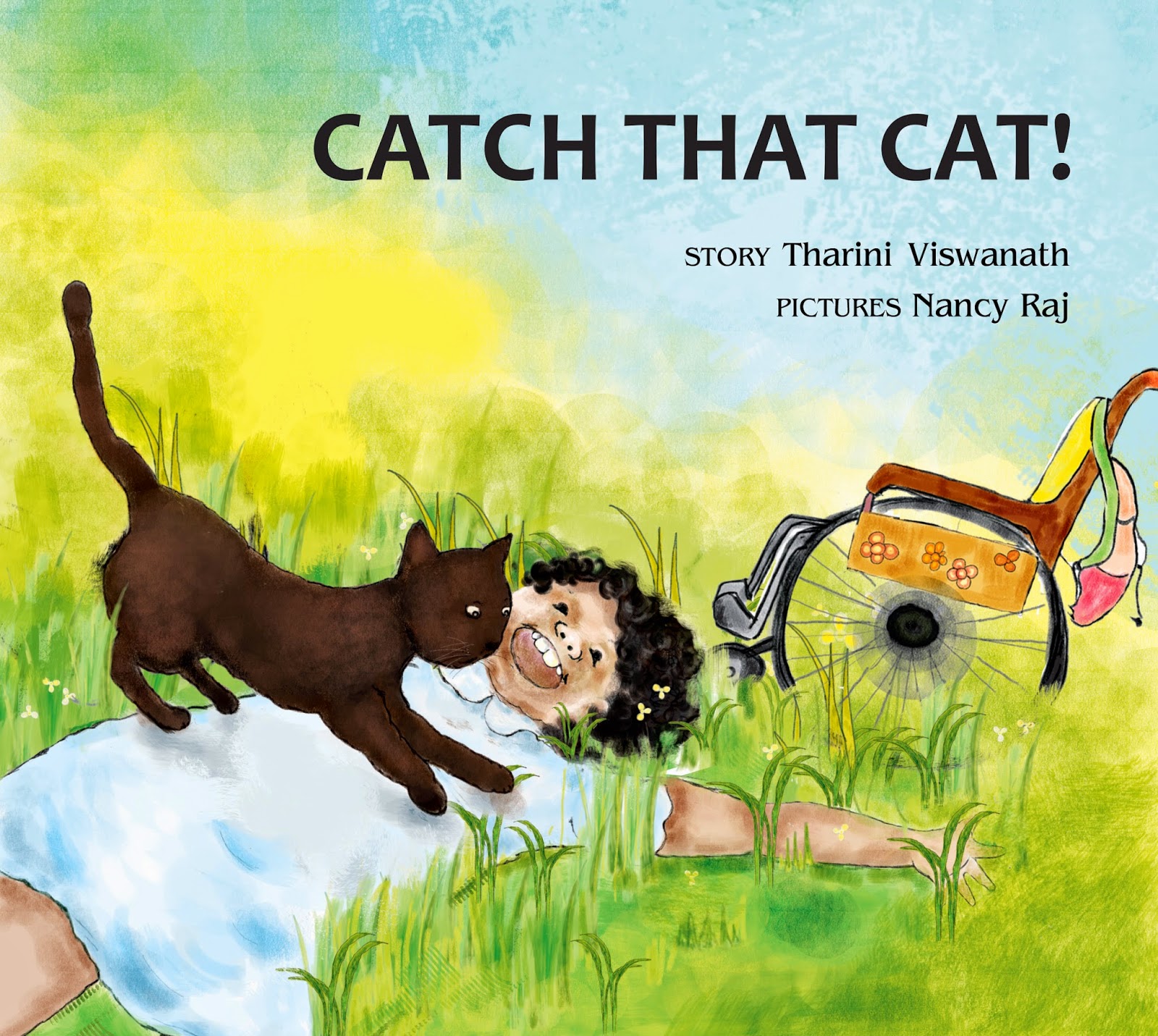Writer Sowmya Rajendran shares her experience with the boys at Bishops School, Pune, after discussing
with them the popular Mayil Will Not Be Quiet!
Mostly Madly Paranoid
Sowmya Rajendran
As part of the National Library Week celebrations organized by Hippocampus, I went to Bishops School,
Pune, to talk to a 6th standard class about Mayil Will Not Be Quiet (co-authored with Niveditha
Subramaniam). We were launching the sequel Mostly Madly Mayil a few days later at the Bookaroo
festival, Pune, and I was looking forward to interacting with the children on Mayil and what it is that
makes her tick.
It’s only when I got to the school that it dawned on me that this was a boys’ school. Apprehension set in.
The extracts from the book that I had chosen for discussion touched on issues like standards of beauty
and gender stereotyping among other things. Typically, when we discuss these issues with a mixed
group, the girls tend to pick a side and the boys feel impelled to pick the opposite side of the debate!
Arguments and counter-arguments flow and the session becomes a very interactive and lively one. I
was worried that in an all-boys atmosphere, there might not be as much discussion. Would they be
interested in reading a girl’s diary to begin with?
I also wondered if the boys would speak up openly about these issues without the fear of being
ragged by their classmates later on. So before we began, I told them to promise me that whatever we
talked about in the classroom today would remain an honest discussion and that they were not to use
these ‘confessions’ to tease anyone later on. They were quite willing to make this promise though I had
to remind them of it now and then during the session when they showed signs of bullying someone who
was talking!
When I asked them how many of them were into reading, hands shot up all over the classroom. They
said they loved reading Percy Jackson, Harry Potter, Wimpy Kid, Greek mythology, Enid Blyton, Roald
Dahl and many more. Many of them said they wrote, too, and a few said they’d been keeping diaries
for years now! None of them was willing to show their diaries to anyone else because they’d get into
trouble if they did so…this was a good lead into Mayil’s diary as she begins with a warning message to
anyone attempting to read it.
The introduction to the characters done, I asked the boys to imagine that they were film directors and
to tell me what their heroes and heroines would look like. I put up the adjectives on the board as they
shouted them out. I asked them why they didn’t think short/dark/differently-abled people could be
heroes/heroines and one of them said it’s probably because all the films he’d seen showed only people
who were tall and fair. I moved on to read an extract from the book that deals with Mayil wondering if
all the boys in class thought her friend, Jyothy, looked the best because she was so fair. Should she use
the Fair and Lovely sachet that had been gifted to her so very generously by Jyothy? Dilemma, dilemma.
We spoke about adolescence as a phase when we become conscious about our looks, wondering if
others think we look good or bad. We talked about beauty as something that changes with time and
place – none of the heroes and heroines in old films had six pack abs or size zero bodies!
After this, I read out an extract from the book that has Thamarai, Mayil’s brother, wanting to play with
her doll and the conflict that happens at home because of this. One of the boys confessed that he’d
played with his doll till he was about six years old…his mum took it away from him after that! We spoke
about the times when they have been asked to change their behaviour because it doesn’t suit a ‘boy’s’
behaviour – one boy said he talks a lot and his parents tell him not to do that because only girls talk a
lot! We also discussed clothes and they were surprised to know that Scottish men wear ‘skirts’ (kilts).
Wouldn’t they laugh if they saw a man in India dressed in a skirt? Why was that? Why is it okay to do
certain things as a man or a woman in certain countries but not others?
Finally, I read out an extract from the book that has Mayil and her friends plotting to go for a movie
by themselves, without an adult accompanying them. The boys enjoyed this ‘exploit’ and told me with
great enthusiasm about the number of times they’ve lied to their parents and had gone on similar
adventures! I shall keep their secrets safe with me and not reveal them here.
They were keen to read more from the diary and were disappointed that I wasn’t going to talk about
Mostly Madly Mayil. Overall, I discovered that my fears about their responses had been completely
unfounded. If it’s a good enough book, children will be interested. Whether they are boys or girls.












































































